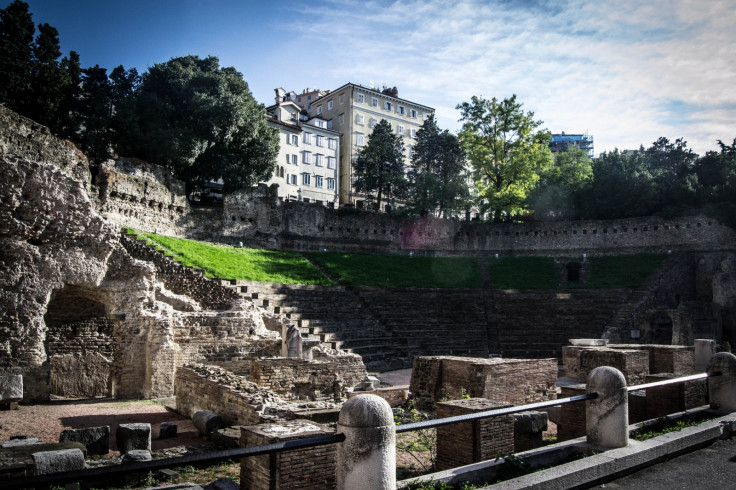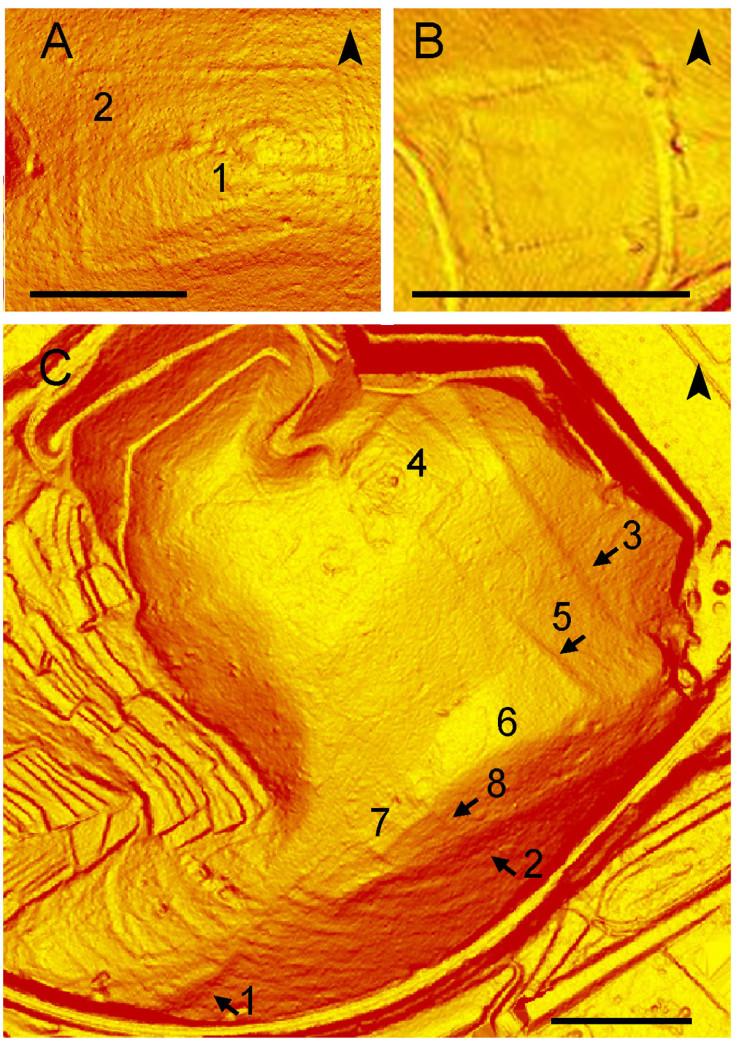Italy: Roman military fort in Trieste dating to 178BC is oldest ever discovered

The oldest ever Roman military fortification has been discovered in Trieste – the only Roman fort ever to be found in Italy.
The military camp found consists of one large fort with two minor ones to either side. It is believed to have served as the foundation for the first settlement of Tergeste.
Using Light Detection and Ranging, Ground Penetrating Radar and archaeological surveys, scientists from the Abdus Salam International Centre for Theoretical Physics found the fort on Italy's north-east border with Slovenia. Findings are published in the Proceedings of the National Academy of Sciences.
Speaking to IBTimes UK, lead author Federico Bernardini said: "We have discovered a big central fort flanked by two minor forts in front of northern Istria. It is the first time that Roman military fortifications have been discovered in the region – and in Italy too – shedding light on the Roman conquest and Romanisation process which were practically unknown in the area of Trieste. This open a new chapter the history of Trieste region."
It predates many of the famous Roman military fortifications, such as those found in Numantia, Spain, by several decades. Although camps like Numantia are found across the Mediterranean and Western Europe, this is the only one ever identified in Italy.

The large central camp, called San Rocco, was over 13 hectares in size (about 18 football pitches). It was defended with wide ramparts and was strategically located near the Bay of Muggia. Researchers believe it was built in 178BC during the first year of the second Istrian War (178-177BC).
Bernardini explained: "In 181BC the colony of Aquileia was funded very close to the Istrian territory producing contrasts related to problems in trade activities. Clashes are reported between the Romans and the Histri during the foundation of Aquileia in 181BC, but it was only a few years later, during 178-177BC, that Istria was conquered and its people definitely subjected. The camps were probably built during the first year of the war in 178BC.
"One of the main aims of the Istrian war, according to Titus Livy, was to destroy the bases that the pirates had on the Istrian peninsula. The objective was also to protect the new neighbouring city of Aquileia (that become one of the largest cities in the Roman Republic) from the incursion of the Istrian peoples.

"It is possible that the main central San Rocco camp corresponds to the fortress reported by Livy describing the first year of the third Istrian war (178BC). According to Livy, in a first phase of the conflict the two legions of Roman Republic were defeated by Histri and the camp was lost (probably San Rocco). The Istrians celebrated the easy victory with wine and food, but the Romans came back."
Quoting Titus Livy, he added: "The Istrians having made an attack on the empty camp, after that no other had met them in arms [..]. being unaccustomed to any sort of rich food, they greedily gorged themselves with meat and wine [...] About eight thousand Istrians were killed, but not one prisoner taken; for rage and indignation had made the Romans regardless of booty."
Bernardini said they were very surprised to find such a large and important site in an area that has long been studied. They hope to get funding to perform excavations at the site – a fundamental requirement to extract more precise information about the chronology and military architecture.
"It would be very exciting to find direct evidence of the clashes reported by literary sources, such as 'militaria' of the second century BC," he said.
© Copyright IBTimes 2025. All rights reserved.






















